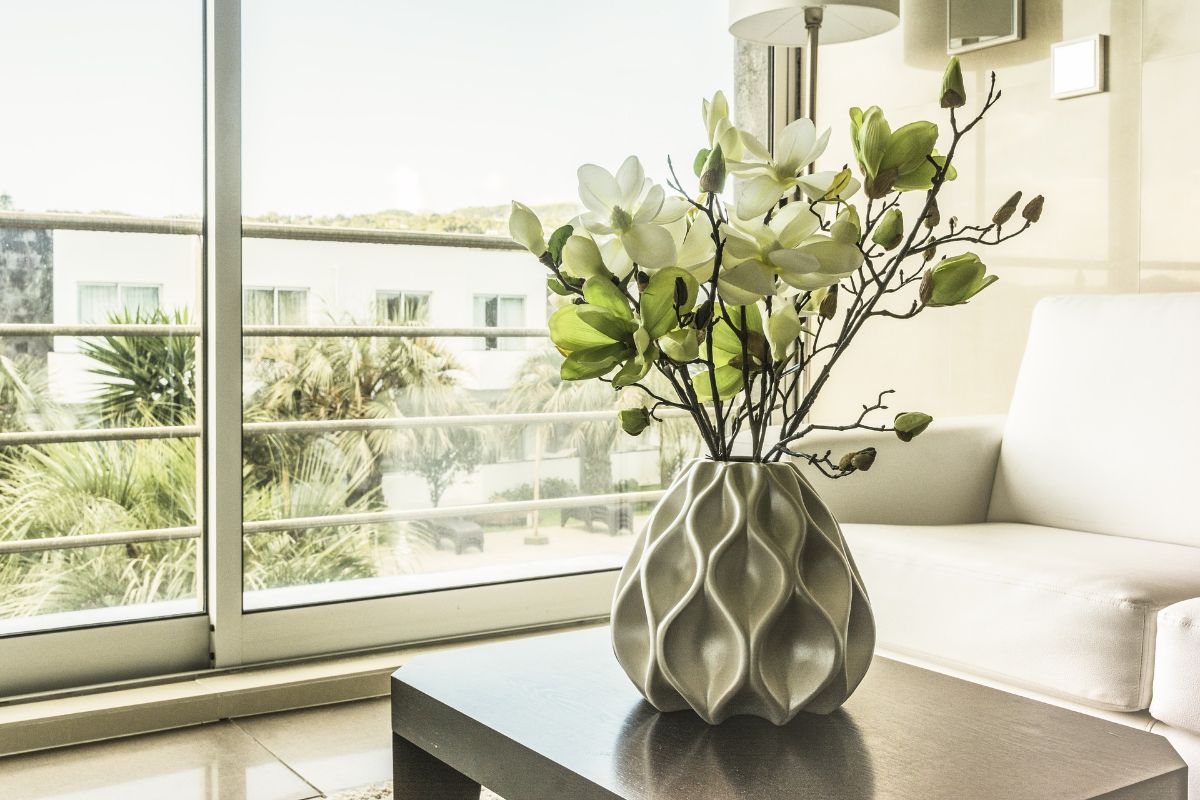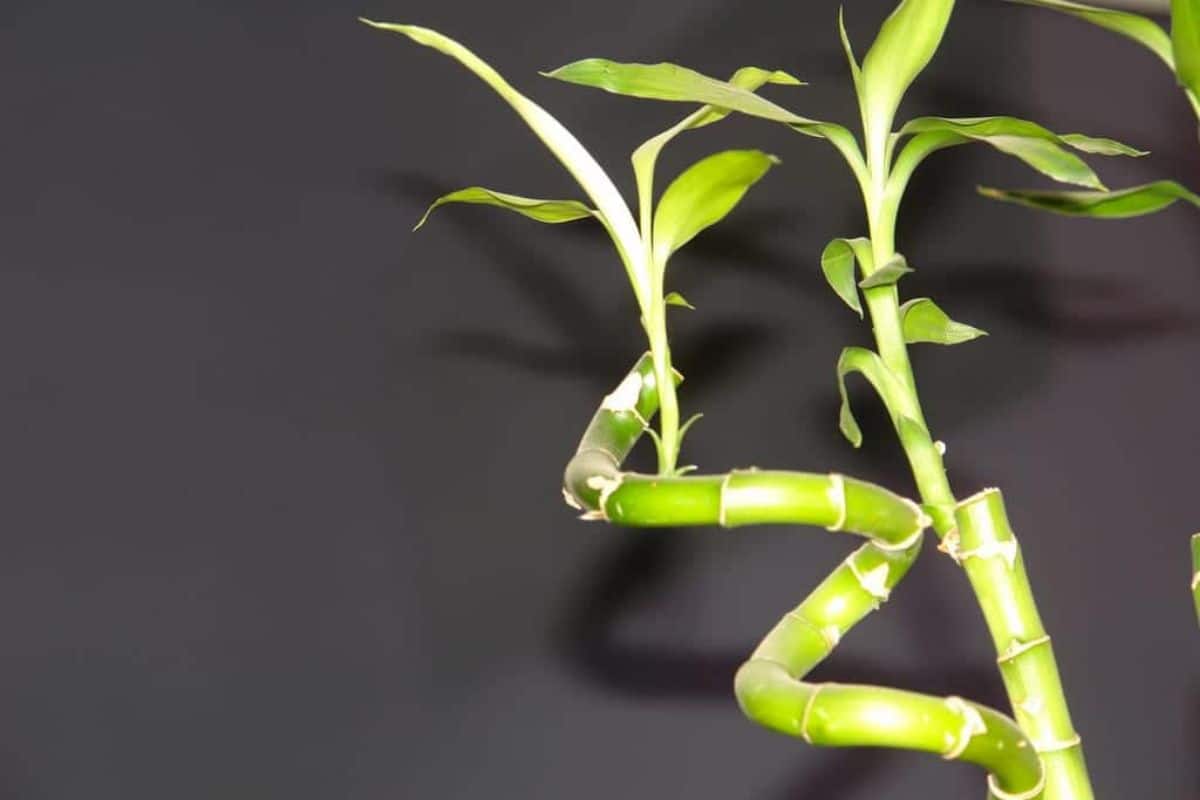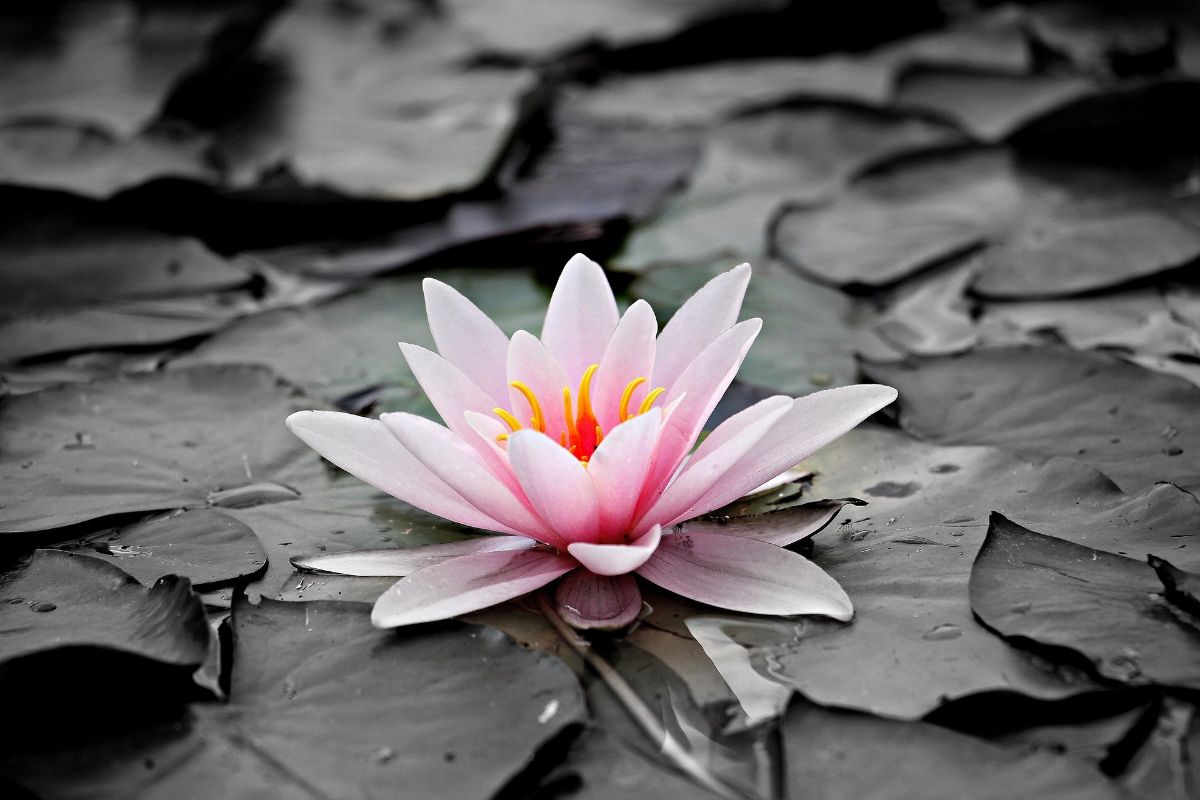
If you are a plant lover, it is most likely that you have several of them at home. However, have you been interested in water plants? Do you know that there are some that can be grown without the need for land? We cannot say that they are all, because many require the nutrients of the earth, but you will find some that do not need more than a container with water.
You want to know which water plants are the best? And the care they will need? Here we will talk about some of them and how you should have them at home so that they do not die.
What are the plants that grow in water?

Source: health180
Before talking about the different water plants that you find, you should know that not all types endure this form of development. In addition, experts recommend that after a year they be planted on land, because if it is not very difficult for them to survive (after that time they begin to have deficiencies that the water itself does not provide).
En general, water plants are perfect for those who do not have time to dedicate to care who need a plant, who travel a lot or who do not want to have problems with them (pests, diseases, dirtying the soil, etc.). And which ones can we recommend? Well, the following:
The lucky bamboo

This is how they sell it to you in many supermarkets and florists, right? They are sticks, sometimes twisted or intertwined with a twig and leaves. They are very cheap and in keeping with the feng shui style.
They do not need great care because you only have to place it in a bright area, not in direct sunlight. It adapts perfectly to the temperature where it is, also including humidity, so you can just as well put it in a bathroom as in a hallway.
The roots of the plant resist water very well, but over time they tend to grow a lot and, after a while (a year) it is better to plant it in the ground.
Sweet potato
Yes, yes, we are referring to what you eat. The Ipomea batatas it is one of the easiest plants to grow and grow with water. Enough with take a sweet potato and put about half of it in water. In a matter of weeks you will have branches that will come out and begin to decorate your house.
Of course, after a while you have to think about putting it in a pot or in the ground because if not, it can end up rotting. And remember to change the water every so often so that it has "nutrients."
Spatiphilian
Is it a water plant? Well, the truth is that yes. On land it is very easy to grow, as it hardly requires any care, but in water it is even easier. With its intense green leaves and white flowers, placed in a transparent glass vase it will look beautiful.
Of course, keep in mind that, unless you provide what it needs, it is not perennial, so the best thing is, after a while, to land.
Potoo

A few days ago we told you about the pothos, and in the article we told you that one way to multiply the plant was when pruning it, putting those "discards" that you cut off in water. In water, the pothos develop roots and, instead of planting them in the ground, what you can do is leave them in water because they adapt very well to hydroponics.
For this, the only thing you will need is place it in an area with a lot of light, but not direct sun, and that is protected from currents and extreme cold. In addition, it will grow very fast, which is why you will have to prune it every so often so that it does not get out of hand. When you get tired, you can plant it in the ground and continue its development.
Water lily

Another of the water plants, or aquatic plants, that you can have in your house is the water lily. In fact, it is one of the best known and, due to its attractiveness and the fact that it is a plant that emerges from the bottom of the water, it draws a lot of attention. Of course, you have to choose species that resist frost so that the plant does not die.
The most remarkable thing about this plant are the flowers that come out above the floating leaves. A luxury to have in ponds or outdoor fountains.
Vallisneria
This water plant, unlike the previous one, lives in water, and is oxygenating. It is very common to use it in aquariums and ponds, but it does not like direct sun but prefers shady areas and little light.
How to have a plant in the water?
Having water plants is not difficult. The truth is that many of the indoor plants that you have at home can be grown directly in water, bypassing the pots and soil, through hydroculture.
To do this, all you need is to use water with liquid fertilizer (to give it the nutrients it needs) and leave it in a bright place where it can grow.
Do you already have the plant you want? Well, you have to make the roots are submerged in a container with water. That water must be nutritious, that is, it cannot be tap water but you will have to apply liquid nutrients to it. If you see that the plant falls, or that it does not stay fixed, you can add a little clay, gravel or even pebbles that keep the stem upright.
Now, What if it has no roots? It's okay, because you can use some methods to root water plants. For example, if what you have is a cut of a stem, you have to wait a few weeks for roots to start to grow. If you have bought a plant and it has very few roots, it is best to put some liquid in it that encourages the appearance of more roots.
Of course, keep in mind that, If the water starts to get cloudy, you should change it for another, cleaning the stem well and, carefully, the roots.
During this process, the plant will need light. Do not be afraid to place it in a bright area, but without direct sun so that it does not burn the roots.
Finally, you will only have to put a few drops of liquid fertilizer in the water each time you change it. Do not add much more because excess can kill them. That water that is bottled, and not from the tap, because it is healthier for the plants.
Do you dare now to have water plants at home?